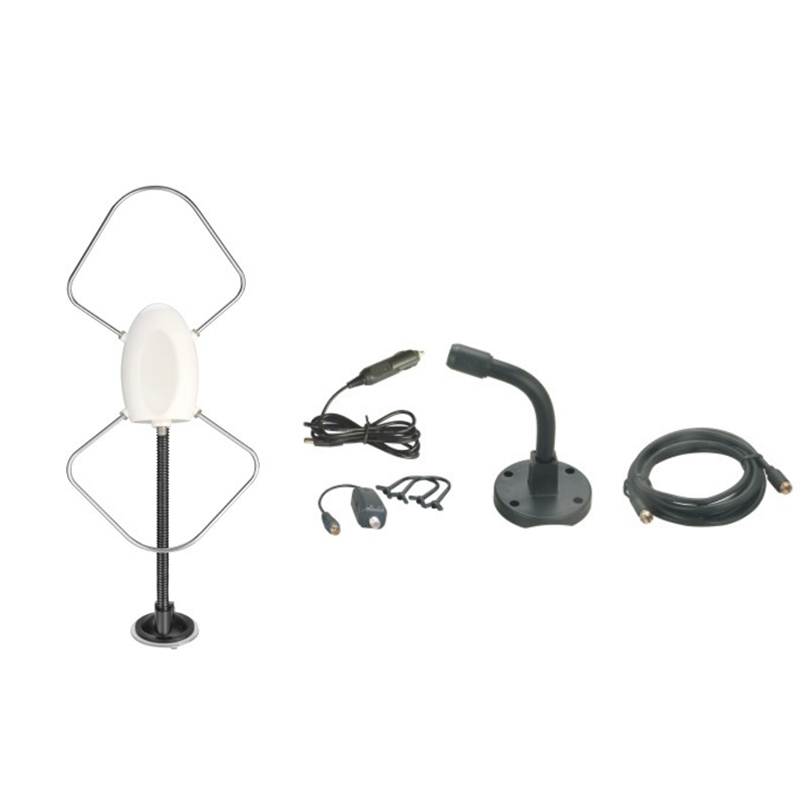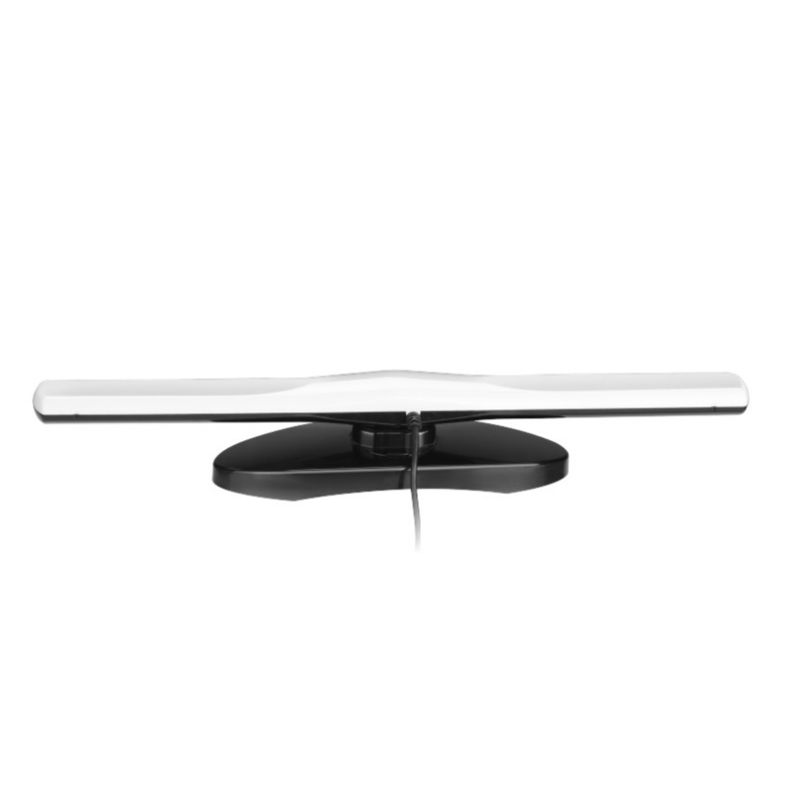Frequency range: 26.5- 28MHz SWR: ≤1.2:1 Max. power: 35W continuous 250W Short time Bandwidth at S.W.R. 2:1: 1900KHz Impedance: 50ohm Whip length: 1200mm Adjustment: 0~90° Cable Length: RG58/157" Po...
See DetailsHow does the CB Antenna's material selection affect its durability and signal quality?
The material selection of the CB antenna (Citizen's Band Antenna) has a crucial impact on its durability and signal quality. Here is a detailed analysis of how material selection affects these two key factors:
1. Durability
Metal Material:
Copper: Copper is a premium conductive material with excellent electrical properties. In CB antennas, copper elements usually have good signal transmission effects. However, copper is also relatively soft and susceptible to mechanical damage and oxidation. As a result, copper antennas typically require more frequent maintenance and protection.
Aluminum: Aluminum is a lightweight and relatively strong metal suitable for antennas that need to be lightweight and durable. Although aluminum is slightly less conductive than copper, its performance is still adequate in many applications. Aluminum antennas are generally more weather-resistant and less susceptible to oxidation and corrosion.
Stainless steel: Stainless steel has excellent corrosion resistance and mechanical strength, making it suitable for harsh environments. Stainless steel antennas can resist erosion by wind, rain, salt spray and other natural factors, thus maintaining a long service life.
Plastics and composites:
These materials are often used in the support structure and insulating parts of antennas. Plastics and composite materials are lightweight, corrosion-resistant, and weather-resistant, which help increase the overall durability of the antenna.
2. Signal quality
Conductive properties:
The conductive properties of conductive materials directly affect the signal transmission efficiency of the antenna. High-quality conductive materials such as copper can reduce signal loss and improve signal quality. Materials with poor electrical conductivity may cause signal attenuation and affect communication effects.
Antenna shape and structure:
In addition to the material itself, the shape and structure of the antenna also have an important impact on signal quality. Different materials may be suitable for different antenna designs to meet specific communications needs. For example, some materials may be better suited for longwave antennas, while others are better suited for shortwave antennas.
Environmental interference:
The anti-interference ability of materials is also a key factor affecting signal quality. Some materials have better shielding properties and can effectively reduce the impact of external electromagnetic interference on signals.
To sum up, the material selection of CB antenna needs to comprehensively consider the requirements of durability and signal quality. When selecting materials, a comprehensive evaluation should be conducted based on specific application scenarios, communication requirements, and environmental conditions to select the most suitable material to make the antenna.

 English
English Español
Español













Contact Us